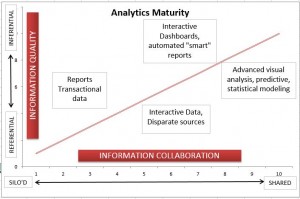
INNOVATION FATIGUE
Innovation Fatigue in Data & Analytics: The Hidden Challenge
In the fast-evolving world of data and analytics, innovation fatigue is becoming a growing concern. Organizations are constantly bombarded with new tools, frameworks, and methodologies, each promising to revolutionize the way data is collected, processed, and analyzed. While innovation is essential, the relentless pace of change can overwhelm teams, leading to burnout, skepticism, and resistance to adoption. Analysts and data engineers often find themselves in a cycle of continuous learning, forced to master new technologies before fully leveraging the last. Meanwhile, decision-makers struggle to balance innovation with operational stability, as frequent shifts in technology can disrupt workflows and complicate governance. To combat innovation fatigue, organizations must take a strategic approach—prioritizing investments in technologies that align with long-term goals, fostering a culture of continuous but manageable learning, and ensuring that innovation serves business needs rather than becoming an end in itself.





